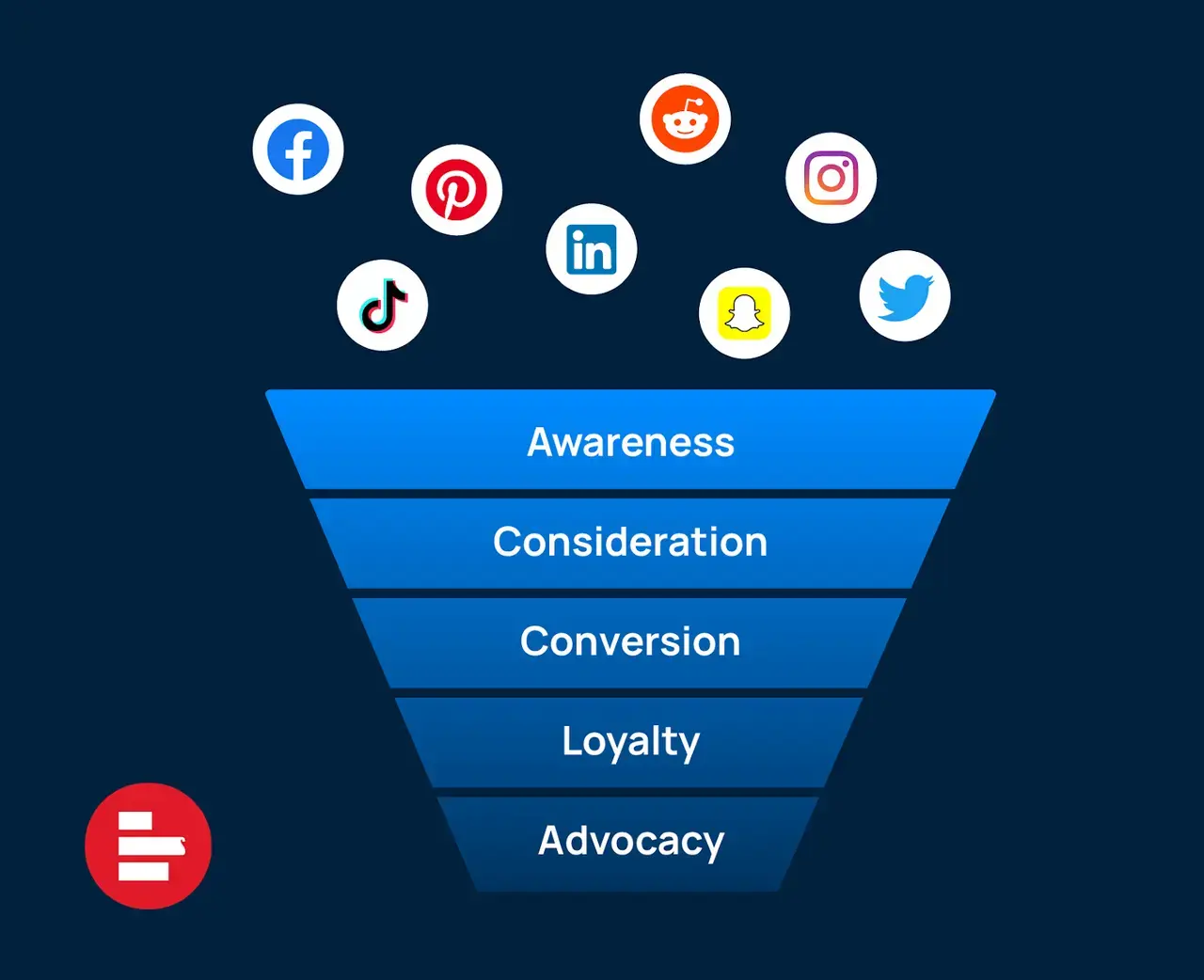Email Marketing Funnels: How to Convert Leads into Customers
In today’s digital world, you can’t just toss out emails and hope for the best. That’s like throwing spaghetti at the wall and praying something sticks. If you want to turn casual subscribers into loyal customers, you need a strategic email marketing funnel—and that’s exactly what we’re diving into.
Introduction to Email Marketing Funnels
What is an Email Marketing Funnel?
An email marketing funnel is a step-by-step process that guides your leads from simply knowing about your brand to pulling out their wallets. Think of it like dating: you don’t propose on the first date. You build trust first.
Why Email Marketing Funnels Matter
Without a funnel, you’re sending random emails that don’t move people forward. With a funnel, you build relationships, deliver value, and drive conversions—automatically.
Understanding the Buyer’s Journey
Before we build a funnel, let’s talk about the customer’s mindset.
Awareness Stage
At this point, they’ve just discovered you. They’re not ready to buy—they’re curious.
Consideration Stage
Now they’re weighing options. They’re researching, comparing, and paying attention to your value.
Decision Stage
This is it. They’re ready to act—but only if you’ve done the groundwork.
Building the Perfect Email Marketing Funnel
Let’s break it down step by step.
Step 1: Attracting the Right Leads
You don’t want just anyone in your funnel. You want the right people.
Using Lead Magnets
Freebies like eBooks, checklists, or discounts are powerful bait. People gladly swap their email for something valuable.
Leveraging Landing Pages
Dedicated landing pages convert better than your homepage. Keep them focused and benefit-driven.
Step 2: Nurturing Your Leads
This is the “get to know each other” phase.
Welcome Email Series
First impressions count. Your welcome series should:
-
Set expectations
-
Share your story
-
Offer immediate value
Value-Driven Content
Send content that solves problems, educates, and entertains. If it’s boring, it’s ignored.
Step 3: Converting Leads to Customers
Time to close the deal—gently.
Strategic Call-to-Actions
Be clear and compelling. Tell them exactly what to do next—buy, book, or reply.
Personalization and Segmentation
Generic emails are a turn-off. Segment your audience and tailor your message.
Automation in Email Marketing Funnels
Benefits of Email Automation
Automation saves time and keeps your funnel flowing even while you sleep. It:
-
Sends the right message at the right time
-
Responds to user behavior instantly
-
Increases consistency and professionalism
Popular Automation Tools
Here are a few tools to consider:
-
Mailchimp
-
ActiveCampaign
-
ConvertKit
-
Klaviyo
Writing Emails That Convert
It’s not just what you send—it’s how you send it.
Subject Lines that Get Clicks
Your subject line is your first impression. Make it:
-
Short and snappy
-
Emotionally charged
-
Curiosity-provoking
Body Copy that Builds Trust
Be human. Be helpful. Talk like you’re writing to a friend, not delivering a lecture.
Call-to-Actions that Drive Sales
One clear action per email. No clutter, no confusion. Guide them like a GPS.
Metrics to Track Funnel Performance
You can’t improve what you don’t track.
Open Rates and Click-Through Rates
These tell you if your emails are being seen and clicked.
Conversion Rates and ROI
This is the ultimate test—are your emails making money?
Common Mistakes to Avoid
Let’s save you some headaches.
Overloading with Emails
Too many emails = unsubscribes. Space them out and add value every time.
Ignoring Mobile Optimization
Most people check emails on their phones. If your design breaks on mobile, your funnel’s leaking leads.
Advanced Funnel Tactics
Ready to go next level?
Behavioral Triggers
Send emails based on actions—like clicks, purchases, or page views.
A/B Testing Your Campaigns
Test subject lines, CTAs, and content. Let data decide what works best.
Case Study: A Real-Life Email Funnel That Converts
Let’s take a simple online course creator:
-
Lead Magnet: Free “Mini Course” on a landing page
-
Welcome Series: 3-part email that builds trust and shares value
-
Nurture Phase: Weekly tips on course topics
-
Sales Emails: Discounted full course offer with urgency
-
Result: 28% conversion rate from free subscribers to paying customers
Proof that funnels work when done right.
Conclusion
If you’re not using an email marketing funnel, you’re leaving money on the table. A well-built funnel doesn’t just grow your list—it builds relationships and drives repeat sales on autopilot. Start small, test often, and always focus on serving your audience.
FAQs
1. What is the difference between a sales funnel and an email marketing funnel?
A sales funnel can include ads, landing pages, and calls. An email marketing funnel is specifically focused on nurturing and converting through email communication.
2. How often should I email my leads?
1–3 times per week is ideal. Keep it consistent and value-packed.
3. Can small businesses benefit from email funnels?
Absolutely! In fact, they’re one of the most cost-effective marketing strategies for small businesses.
4. What tools are best for beginners?
Mailchimp and ConvertKit are user-friendly and great for beginners.
5. How do I segment my email list effectively?
Use data like sign-up source, past purchases, and engagement to group your audience and personalize messages.
Read More Article About Online Business & Entrepreneurship
